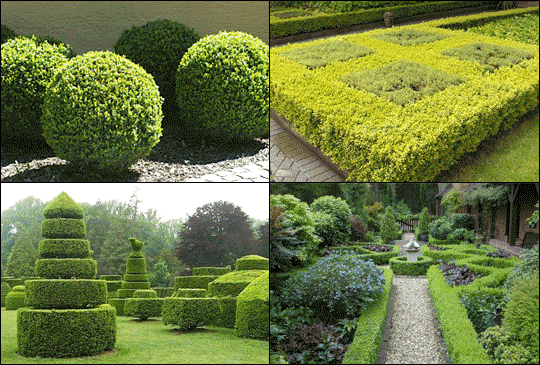How to Trim Shrubs the Right Way (Updated 2025 Guide)
A refreshed and comprehensive guide to pruning, shaping, and maintaining shrubs for healthier, longer-lasting landscapes in Connecticut and across the Northeast.
Shrubs often don’t get the attention they deserve in landscaping, but they form the backbone of most gardens and yards.
Properly maintained shrubs add structure, balance, and seasonal beauty, while neglected shrubs quickly become overgrown,
woody, and unhealthy. With changing weather patterns and an increasing focus on plant health, knowing how to prune shrubs
correctly is more important than ever.
This 2025 updated guide covers the latest best practices in shrub trimming. We’ll review essential tools, timing,
techniques, and also provide specific pruning advice for the most common shrubs grown in Connecticut and the surrounding region.
Tools You’ll Need
Having the right tools ensures clean cuts, reduces plant stress, and keeps the job safe and efficient:
- Hand pruners: Best for stems under ½″.
- Loppers: For branches up to 2″ thick.
- Hedge shears: Manual or battery-powered, great for shaping hedges.
- Pole pruners: Extend reach for tall shrubs.
- Pruning saws: For thick, older branches.
Always sharpen and disinfect tools. Insect and disease pressure is increasing in the Northeast,
so sanitation between shrubs is essential in 2025.
General Timing Guidelines
- Spring-blooming shrubs (e.g., lilacs, azaleas, forsythia): prune right after flowering to avoid cutting off next year’s buds.
- Summer/fall bloomers (e.g., butterfly bush, crape myrtle, some hydrangeas): prune in late winter or early spring before new growth.
- Foliage shrubs (e.g., boxwood, holly, barberry): prune in spring or midsummer for shape and density.
Shrub-by-Shrub Pruning Guide
Below are some of the most common shrubs grown in Connecticut and the Northeast, with pruning tips tailored for each:
Lilac
Prune immediately after flowering. Remove spent flower clusters down to a pair of side shoots.
Each year, cut out the oldest stems at the base to rejuvenate the shrub and encourage new growth.
Azalea & Rhododendron
Trim right after blooming. Light shaping is all that’s needed. Avoid heavy cuts, as these shrubs bloom on old wood.
Deadheading faded flowers prevents seed formation and helps direct energy into growth.
Forsythia
Best pruned right after flowering. Remove up to a third of the oldest canes at ground level each year to keep the plant vigorous.
Forsythia responds well to renewal pruning if overgrown.
Hydrangea
Pruning depends on the type:
- Bigleaf & Oakleaf Hydrangeas: Bloom on old wood—prune immediately after flowering.
- Panicle & Smooth Hydrangeas: Bloom on new wood—prune in late winter or early spring for best results.
Boxwood
Can be pruned multiple times during the growing season. Use hand shears for light shaping, and occasionally thin interior branches to maintain airflow and reduce disease.
Holly
Best pruned in late winter or early spring before new growth. Light trims can be done anytime.
For female hollies, prune after berry drop if you want maximum winter interest.
Spirea
For spring-blooming spirea, prune after flowers fade. Summer-blooming varieties should be cut back in early spring.
Lightly deadhead spent blooms to encourage repeat flowering.
Butterfly Bush (Buddleia)
Cut back hard in late winter or early spring, leaving 12–24″ of stem. This encourages strong new shoots that flower prolifically in summer.
Crape Myrtle
In colder zones of the Northeast, prune in early spring. Remove any winter-damaged wood and shape lightly.
Avoid “crape murder” (topping the shrub), which weakens the plant.
Common Mistakes to Avoid
- Pruning spring bloomers too late, which removes next year’s flowers.
- Over-shearing, leading to dense exteriors and bare interiors.
- Neglecting renewal pruning, which causes shrubs to age poorly.
- Using dull or dirty tools, which spread disease and damage tissue.
Conclusion
Healthy shrubs are the foundation of a beautiful, lasting landscape. With the right timing, techniques,
and plant-specific knowledge, you can transform your yard into a vibrant, structured, and professional-looking space.
Shrubs respond well to consistent, thoughtful care—invest a little time each season, and you’ll enjoy decades of growth, flowers, and beauty.



